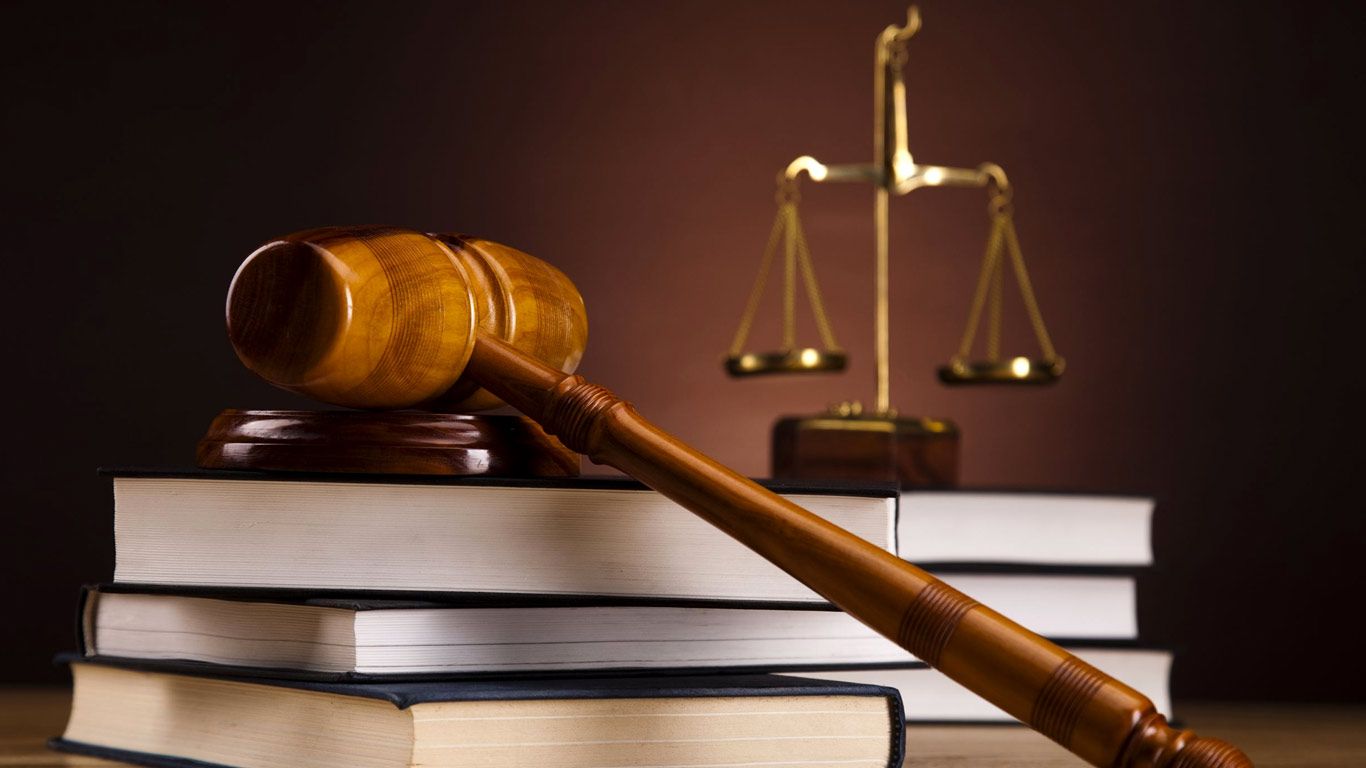Courts provide public services paid for mainly through taxes. The judge’s first responsibility is to end feuds and disputes that can be decided using legal criteria, within the trial court’s jurisdiction as set by Congress and the constitution, through litigation commenced by a person withstanding. I Carli Kierny worked as public defendant for years and I have witness the real courtroom atmosphere. A trial judge is, for most people, the human face of the law. He or she deals with people in the courtroom.
Cases assigned to judges
The judge and a magistrate judge are assigned to each case at the outset by random selection. Related criminal and civil cases may be transferred to one judge to achieve more effective administration. Assignment by type of case is not desirable because it ignores the article III judges’ strength as a generalist in the law. Fixed routines are useful for handling discovery and dividing responsibility for the preparation of the case between the judge and magistrate judge. All parties before the court are treated equally. Because of differences among litigants in their understanding of the legal process and their economic situation.
Litigation
Speed in adjudication and reduction in transaction costs are essential. But the time required in transactional costs is essential. But the time required to gather evidence, to permit factual clarification, or to encourage settlement may justify a reasonable delay, which will be afforded. Every effort is made by the court, acting with or without a jury, to get the facts as accurate as possible, given the limitation of the constitution on admissibility, time, and the cost constraints appropriate efficiency and the need to reduce prejudice.
Attorneys
The court attempts to obtain the assistance it requires to reach a sound result on the merits. Its main resource is the attorneys in the case, who are expected to fully brief and argue any issues on which the judge requires advice, and to be fully prepared for arguments on such matters as motions, proposed changes, and rulings on evidentiary problems. In advance of arguments, it is appropriate and often beneficial for the judge to formally order counsel to brief and discuss specific difficulties.
The courtroom
Nothing in court should be off-the-record. Trial judges owe an obligation to preserve the public character both of disputes before them and of the resolution of those disputes. The use of a good loudspeaker system allows everyone in the courtroom to know what’s happening. Every aspect of the case should be available for public observation and review unless a narrowly tailored exception explicitly justified and usually agreed to by the parties outweighs the policy favoring open proceedings. The visage of the witness must be visible to the judge as well as to the jury. The distance and sightlines from the witnesses to the jury box and judge in one federal courtroom are poorly designed it is difficult for the jury and judge to see the witnessing demeanor and body language.
Criminal sentencing
At sentencing, the defendant will be apprehensive but can be calmed by the presence of relatives or a friend alongside, they can answer the court’s question about the defendant and better help the accused address his problem. It is useful to have the judge at the table facing the defendant to encourage more related communication among those present.












